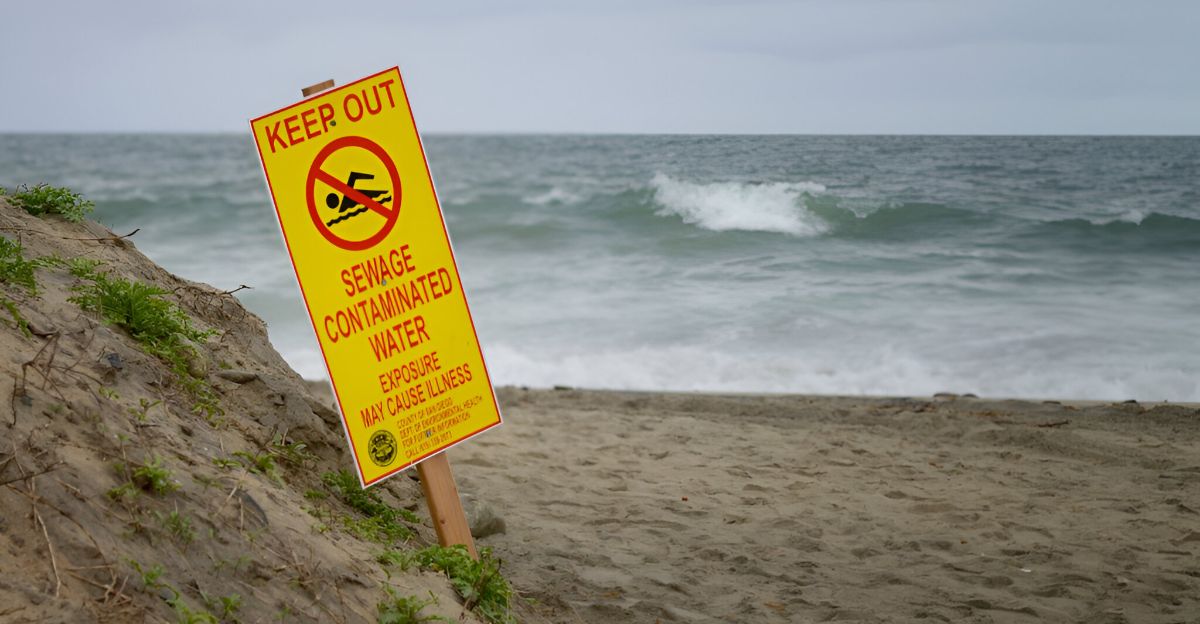
The Surfrider Foundation’s 2024 Clean Water Report reveals a troubling reality: 80% of tested U.S. beaches exceeded bacteria safety limits at least once in 2024, putting millions of beachgoers at risk. With over 100 million Americans visiting beaches annually, these findings highlight a significant public health concern.
Contaminated water can cause gastrointestinal illnesses, skin infections, and other health issues, threatening individuals and coastal economies reliant on tourism. This report underscores the urgent need for awareness, monitoring, and action to safeguard water quality and public health at these cherished recreational sites.
What Defines a ‘Bacteria Hotspot’ Beach?

A ‘bacteria hotspot’ beach is identified by the percentage of water samples that fail to meet state health standards for bacterial contamination. Key bacteria indicators include enterococcus and fecal coliforms, which signal the presence of harmful pathogens.
Exposure to contaminated water can lead to gastrointestinal illness, skin infections, flu-like symptoms, and other ailments. These indicators help health officials determine when beaches are unsafe for swimming and guide public advisories to protect visitors.
The Top U.S. Beach with the Highest Bacteria Rate – Kahalu’u Beach, Oahu, Hawaii
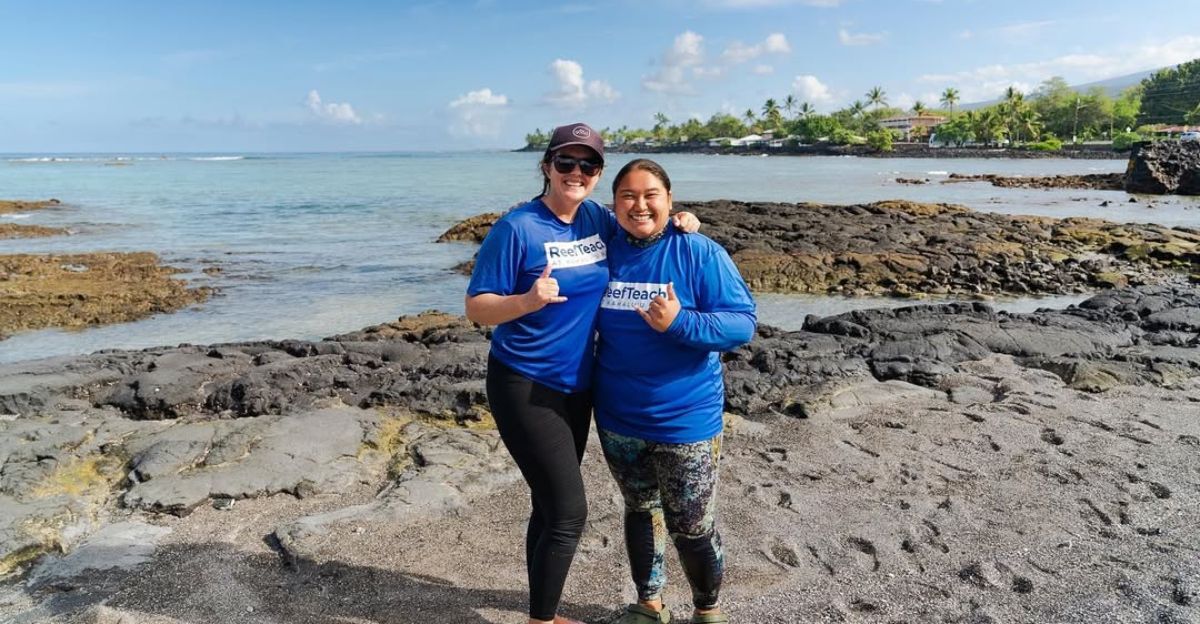
Kahalu’u Beach on Oahu, Hawaii, tops the list with a staggering 92% bacteria failure rate in 2024. Contamination stems from stormwater runoff, sewage leaks, and local environmental factors.
This high bacteria presence poses serious health risks, especially for surfers and swimmers with open wounds. The contamination also impacts tourism and the local community’s reputation, prompting calls for improved infrastructure and pollution control measures.
Other Notorious Hotspots in Hawaii and Florida
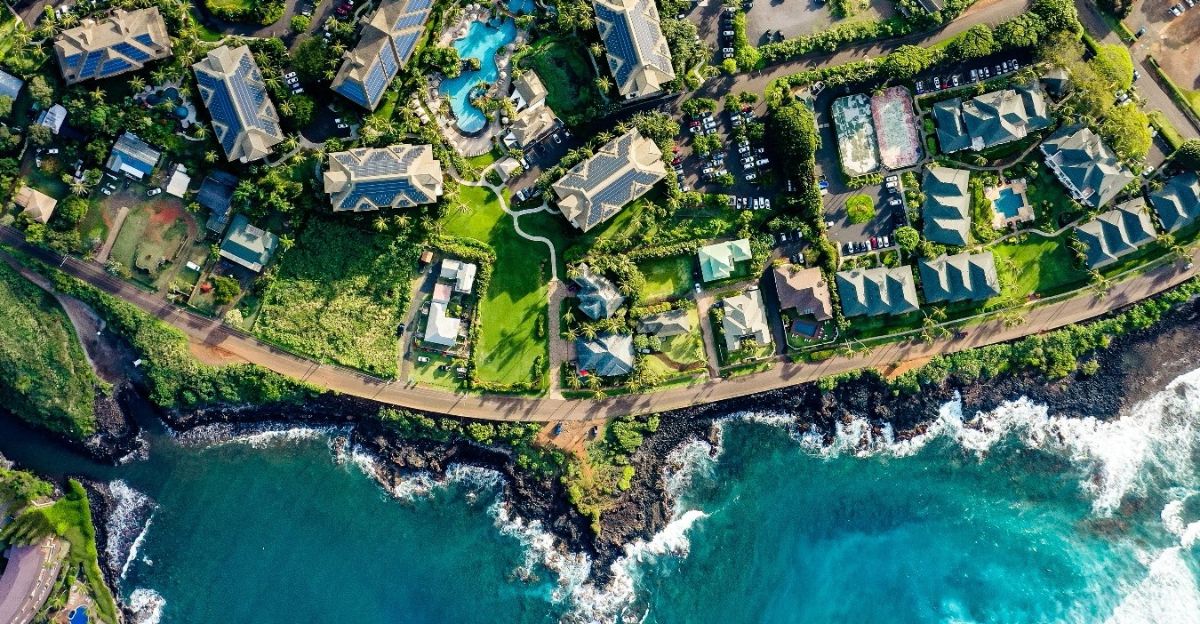
Other hotspots include Waikomo Stream at Koloa Landing, Kauai, HI; Park View Kayak Launch, Miami Beach, FL, with a 90% failure rate; and Ballard Park in Melbourne, FL, at 52%. These sites share environmental challenges like urban runoff and sewage contamination.
Geographic and climatic similarities, such as tropical climates and heavy rainfall, exacerbate bacterial pollution, affecting water quality and public health in these coastal regions.
West Coast Beaches with High Bacteria Levels
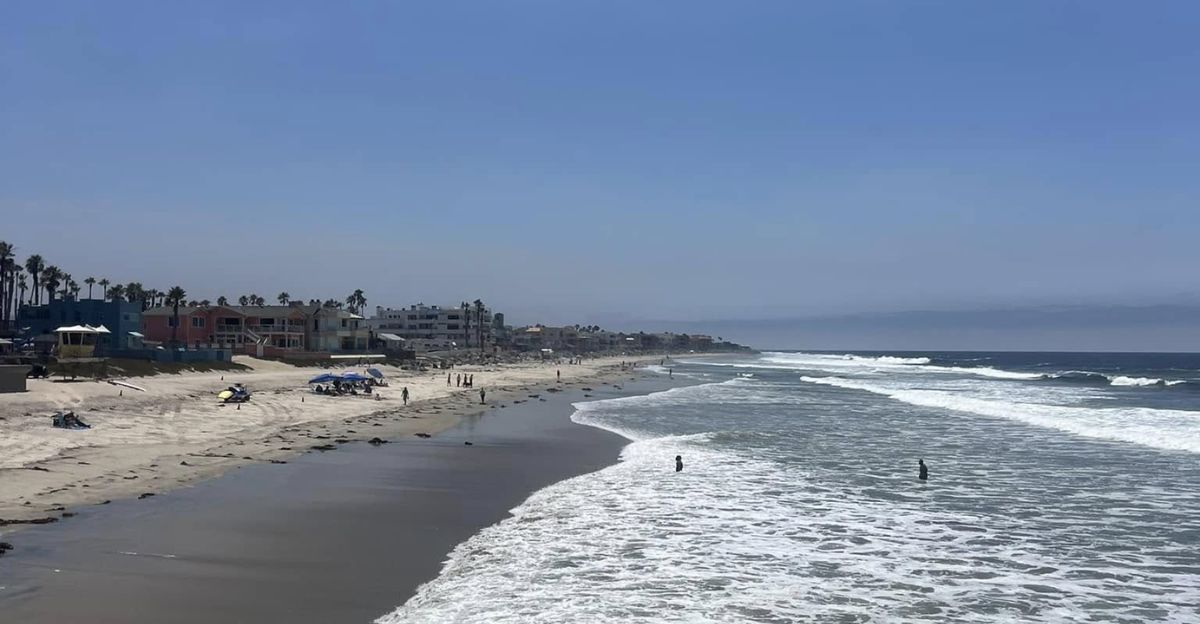
On the West Coast, Imperial Beach in San Diego, CA, recorded an 82% failure rate, while Linda Mar Beach in Pacifica, CA, had 71%. Urban runoff and industrial discharges contribute heavily to contamination here.
Aging wastewater infrastructure and stormwater overwhelmed by extreme weather events increase bacterial levels, threatening recreational water safety and necessitating robust pollution management strategies.
East Coast and Other Locations on the List

Windmill Beach in Sag Harbor, NY, showed a 43% failure rate; Sound Thea Foss Floating Dock in Tacoma, WA, 64%; and Crashboat Beach in Aguadilla, Puerto Rico, 23%.
These sites reflect a growing trend of rising bacterial contamination linked to increased beach attendance and pollution. Regional differences in pollution sources and environmental conditions influence these rates, highlighting the nationwide scope of the issue.
Causes Behind Elevated Bacteria Levels
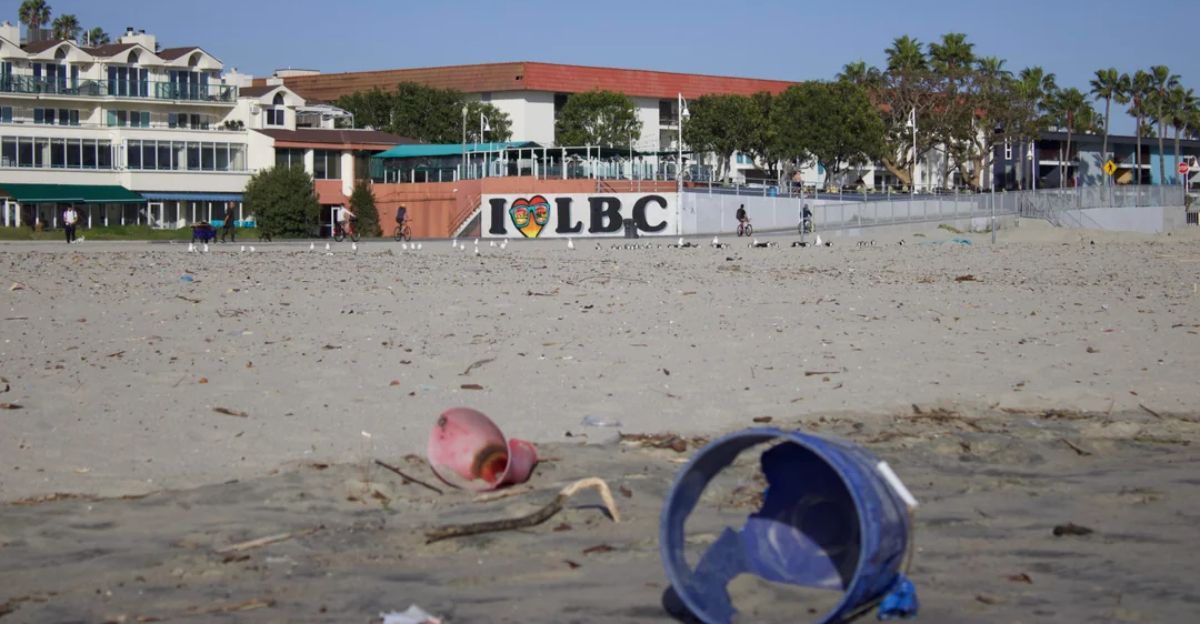
Stormwater runoff remains the primary cause of beach advisories and closures, carrying pollutants like road dust, oil, animal waste, and fertilizers into waterways. Agricultural runoff, sewage leaks, and urban pollution exacerbate bacterial contamination.
Distinguishing between human and animal waste sources is challenging but crucial for targeted remediation. Climate change-driven extreme weather events intensify runoff and sewage system failures, worsening contamination.
Unexpected Intersections – Public Health, Tourism, and Environmental Policy
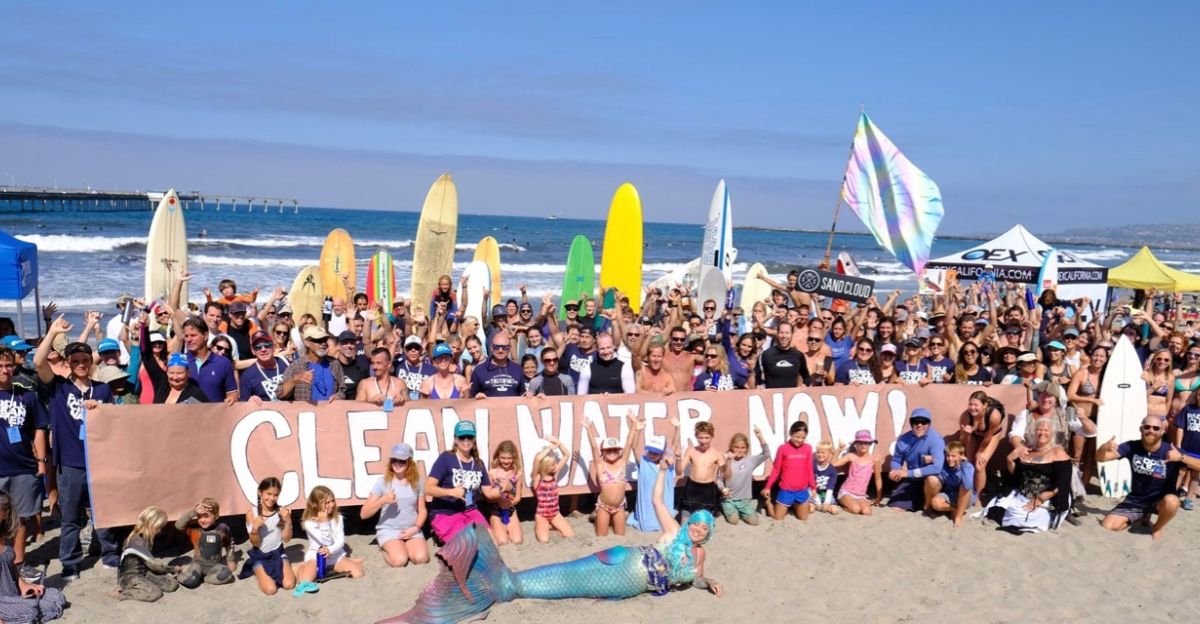
Bacterial contamination impacts local economies by deterring tourists and increasing healthcare costs. Public health advisories sometimes face skepticism, complicating risk communication.
Policy responses include funding for water quality monitoring and pollution control programs, yet recent budget proposals threaten these efforts. Community-driven initiatives like Surfrider’s Ocean Friendly Gardens promote sustainable practices to reduce runoff and protect coastal waters.
Contrarian Viewpoints and Surprising Case Studies

Despite high bacteria rates, some beaches remain heavily frequented, raising questions about public risk perception and testing adequacy. Testing frequency and methods vary, leading to debates over data reliability.
Mecox Bay in Southampton, NY, exemplifies recurring contamination issues, underscoring the need for persistent monitoring and intervention. These cases reveal complexities in balancing beach enjoyment with health safety.
Moving Forward with Awareness and Action
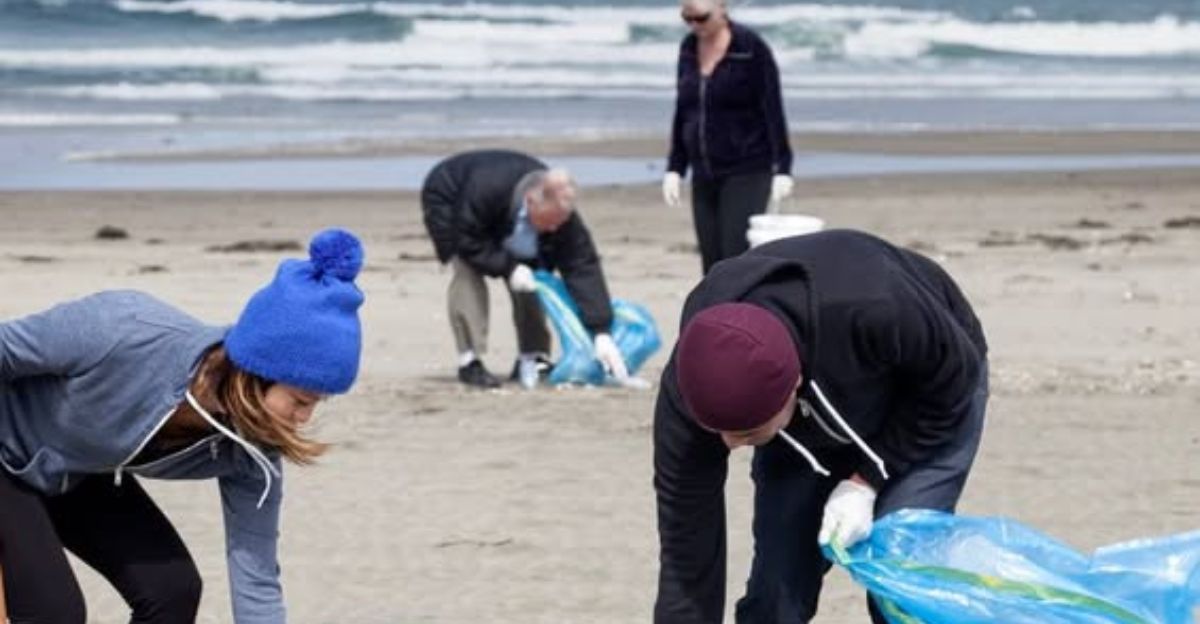
The 2024 Clean Water Report reveals widespread bacterial contamination at U.S. beaches, posing health risks and economic challenges. Continued water quality monitoring, public education, and policy support are vital to protect beachgoers.
Encouraging responsible beach use and supporting environmental initiatives can help restore and maintain clean coastal waters. Collective action ensures these treasured natural resources remain safe and enjoyable for future generations.
Explore more of our trending stories and hit Follow to keep them coming to your feed!

Don’t miss out on more stories like this! Hit the Follow button at the top of this article to stay updated with the latest news. Share your thoughts in the comments—we’d love to hear from you!







